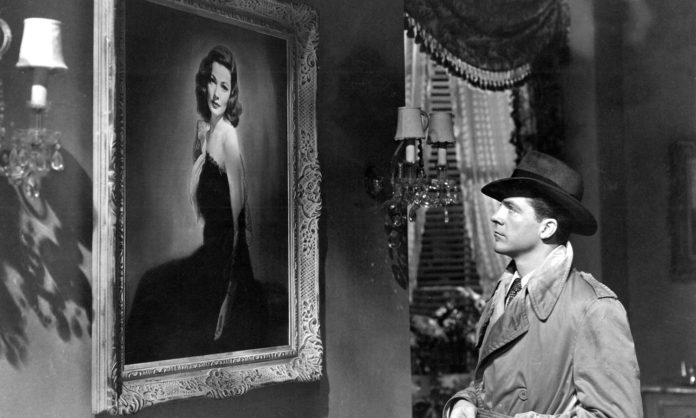In a post on CrimeReads, Cyndi MacMillan examines how descriptions of visual art can add layers and texture to your fiction. “Art can grip you, rattle you, charm you, seduce you, and burn into your consciousness,” she says. “If you have ever seen the classic film Laura, you know how a portrait can captivate both the hero and the audience.”
Art is often used in mysteries as the MacGuffin, the thing everyone wants, but that’s not necessary. “Art doesn’t need to be central to a storyline to earn its place in a mystery,” MacMillan writes. “Art offers writers dozens of opportunities that may not relate directly to structure, opportunities to add colour and texture to the page, whether you’re penning a cozy or a thriller.”
What can art do for your story? MacMillan says it can:
- Build character. “How characters react to a piece of art can frame their personality, mindset, baggage, interests, vices, and virtues,” MacMillan notes. “What they hang on their walls or arrange in their personal spaces can highlight their personal taste and style.” Art can trigger memories, observations, healing, connections, self-awareness, and personal growth.
- Enrich a Setting. Even the seediest setting is likely to have art on the wall, even if it’s a painting of dogs playing poker. “Including art can broaden a book’s dimensions and put the reader right there, whether that art piece is a well-known reproduction, a poster, a child’s first collage or a pricy lithograph on permanent loan,” MacMillan writes. “Art has the ability to say something about a time period, the locale, landmarks, cultures and heritage.”
- Reset mood. Use art to reinforce or contrast with the emotional setting of your scene. “In just a sentence or two, we can shift the mood gears, go from light to dark, threatening to safe, mild to spicy, if we show the reader exactly what it is that your POV character has noticed or absorbed,” MacMillan says. “Moments that are filtered through art can shadow a scene or to give it a barely perceptible undercurrent.”
- Highlight your book’s theme. “Incorporating art with the intent to emphasize themes requires subtlety,” MacMillan cautions. Don’t beat your reader over the head with meaning. Instead, use art to represent conflict, emotions, or desires.
- Provide an ‘in’ for foreshadowing or flashback scenes. Use art to provide a glimpse of the future or the past. Like theme, foreshadowing and flashbacks shouldn’t be too on-point. You want to create resonance, not a bright red arrow pointing to the significance of a piece of art.
- Alter the pace. “Generally, description slows a novel’s pacing, but describing art brings it to a near standstill,” MacMillan says. “It’s a freeze-frame moment shared between the POV character and your reader. The art is filtered through your character, then interpreted by the reader.”












